Netflix series recounts details of 2013 Boston Marathon bombing
The panicked aftermath of the Boston Marathon bombing that claimed three lives and wounded more than 280 more on April 15, 2013, left law enforcement officials scrambling for answers — and fighting over whether or not to make public the identities of the radicalized bomber brothers, a new Netflix docuseries reveals.
“American Manhunt: The Boston Marathon Bombing,” out Wednesday, walks viewers step by step through the chaos that characterized those first, frightening hours, and spotlights both forgotten and fresh new details about the nearly weeklong, dramatic efforts to catch the perpetrators.
With security footage from the catastrophic moment at the marathon finish line coming up empty, authorities wound up catching their first big break when an innocuous tip from a shutterbug snapping pictures at the finish line turned into a major lead.
“We got a phone call from a member of the public who said ‘I was across the street and I have a couple of still shots that you may want’ … and the still shot showed a bag on the ground,” FBI agent Kevin Swindon remembered.
The seemingly small reveal proved to be a loose thread that helped to unravel an entire terrorist plot — one that was supposed to culminate in the bombing of Times Square.
Finding a needle in a haystack
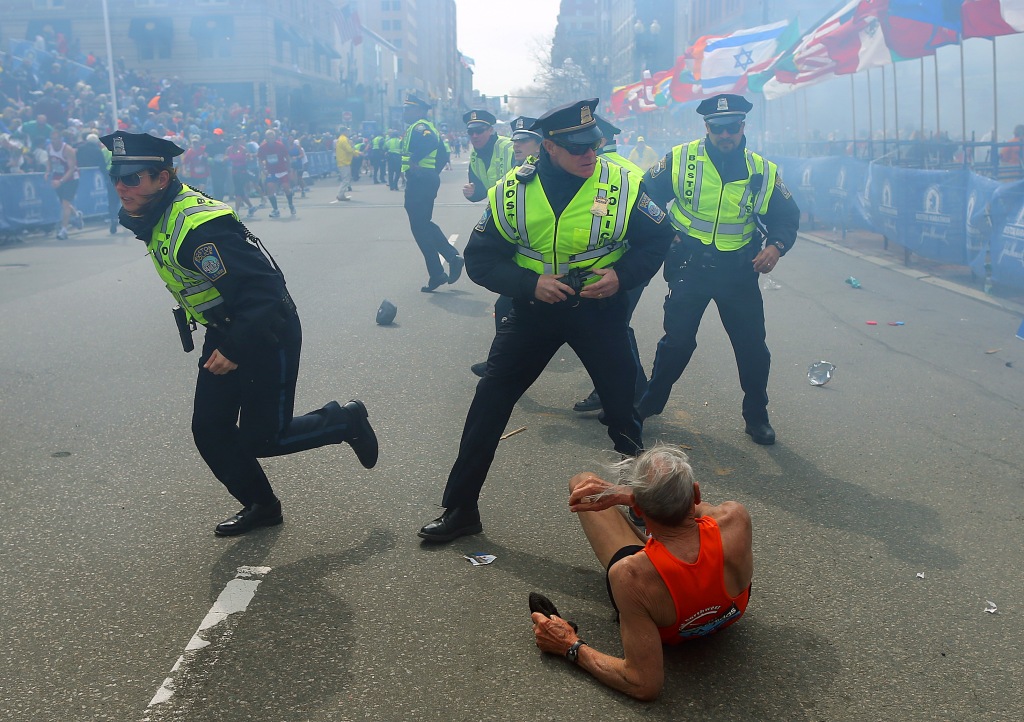
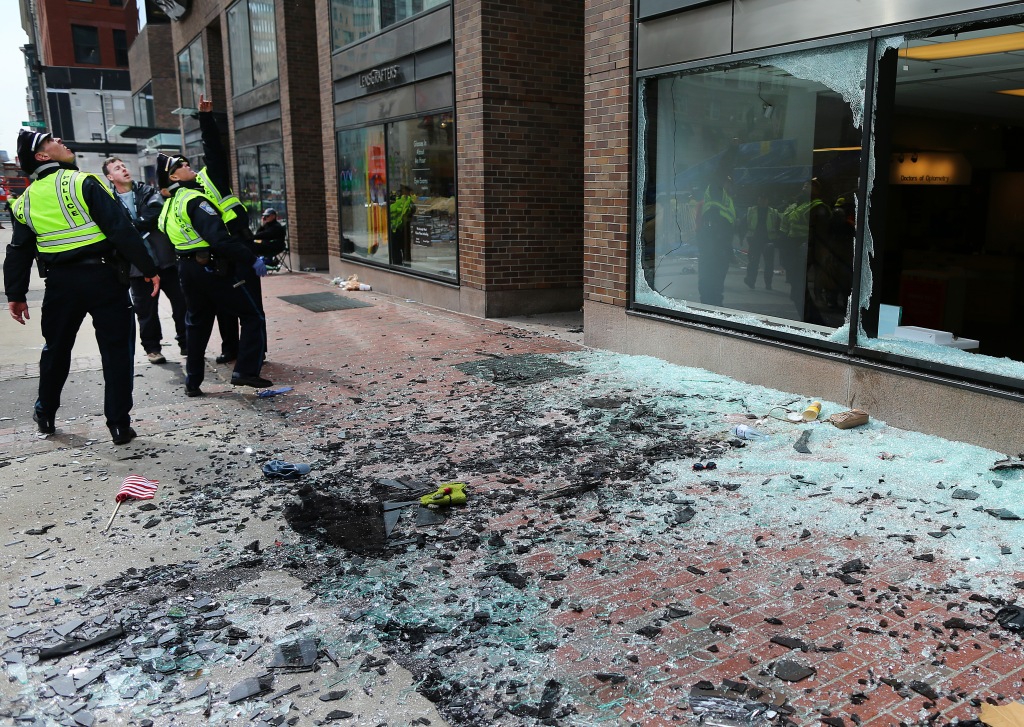
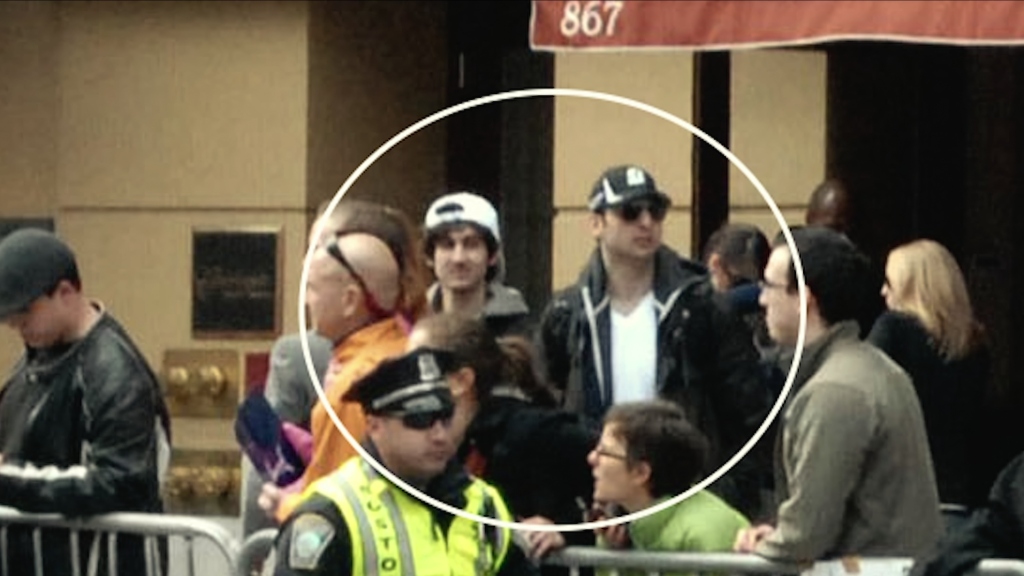
Thanks to that one photograph, it took just 24 hours for authorities to learn the identity of bomber Dzhokhar Tsarnaev — a 19-year-old Bostonian and former high school wrestling all-star, who had dropped the explosive filled backpack.
Authorities were able to pinpoint the exact location of the bag by matching it with surveillance footage. They noticed suspicious behavior from the man who dropped it — a dead giveaway Tsarnaev was their guy.
“You see the concussive effects of the first bomb going off,” FBI Special Agent in Charge Rick DesLauriers recalled. “Everybody on the camera looks to the left and [Tsarnaev] quickly just walks to the right.”
Footage was then retroactively retraced of the first suspect, which led to the initial photos of his brother and mastermind Tamerlan Tsarnaev, 26, seen together just minutes prior to the deadly blasts.

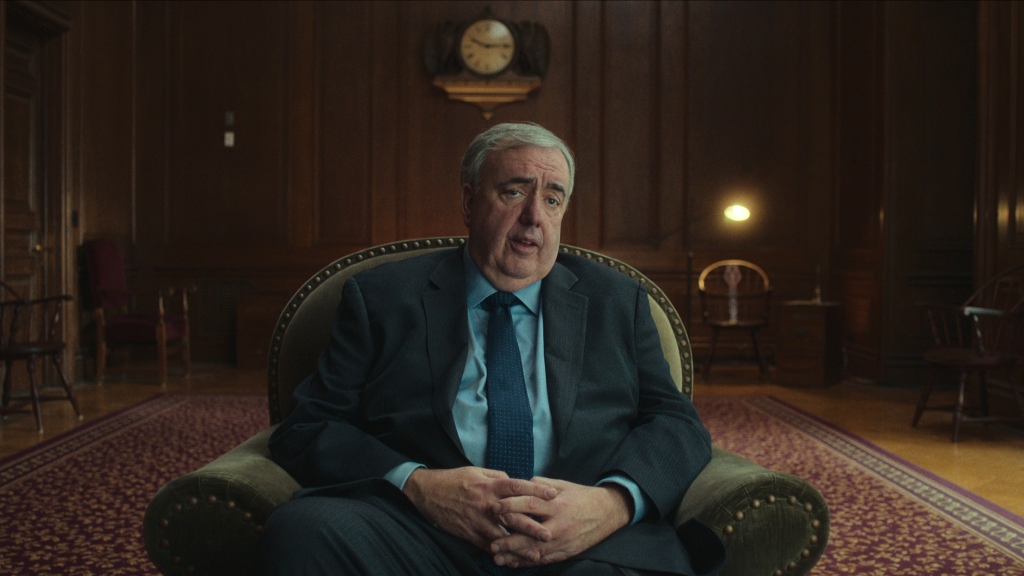
Now, all authorities had to do was catch them.
Instead, the country watched and waited for that first day, and then another day, while law enforcement worked every possible lead, all while arguing internally over whether or not to reveal the brothers’ identities to the public.
“If you release the photos of the bombers, you let them know that you know who they are and you might cause them to flee,” DesLauriers said of the FBI’s decision to keep quiet at the time.
The Boston Police Department — notably, Commissioner Ed Davis — felt differently.
“I was convinced if we [ran the photos] these guys would be in our pocket within a couple of hours — people know who committed these crimes and will help us,” Davis said in an interview for the documentary. At the time, the commissioner warned both DesLauriers and US District Attorney Carmen Ortiz that if anyone else was hurt, he’d “go public.”
Ortiz sided with the FBI, but on Thursday of that week, law enforcement ultimately did release pictures of the Tsarnaev brothers — but only after the information had been leaked to the press.
Next stop, Times Square
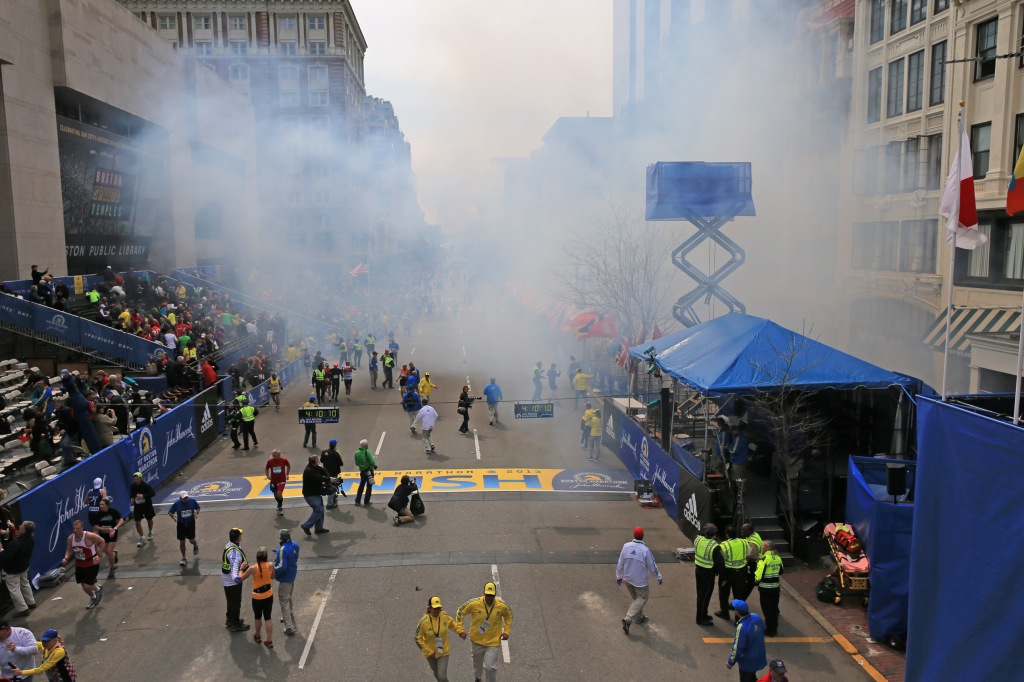
Within hours, the Tsarnaev brothers were back on the radar — this time, for ambushing and killing MIT police officer Sean Collier in cold blood, in an attempt to grab his service weapon while Collier was seated in his car. Soon after, they ditched their own vehicle and hijacked a Mercedes-Benz SUV.
Their plan was to drive to New York, holding the SUV driver, Danny Meng, hostage. But nothing seemed to go right.
First, there was the brothers’ strange fixation with playing their own music in the stolen car, according to documentary director Floyd Russ.
“Tamerlan didn’t know how to work the CD player. He’d never been in a nice car like that,” Russ told The Post. “Danny describes [what they were listening to] as like a jihadist music, or Middle Eastern music.”

“I actually remember asking ‘are you gonna kill me tonight?’” Meng said. “That’s when they said ‘no, we’re not gonna kill you — we’re just gonna drop you off at some place far away where nobody can find you.’”
Before going anywhere, however, the car needed gas — the trio pulled into a Shell station along the Charles River in Cambridge. With Dzhokhar out of the car, Meng managed to escape.
“I just tell myself f – – k it, I’ll do it. Fortunately I was able to unlock the seatbelt, unlock the car, and then pull the handle,” Meng recalled. “I could feel like [Tamerlan] was trying to grab me with his right hand. It felt really, really close.”
He desperately sprinted to another gas station nearby, pleading on his knees with the attendant to call for help.
In the interim, the terrorists sped off, but it was too late — not only was the luxury car relatively easy to spot, Meng had his GPS tracking number memorized.
“You get excited with your first car,” Meng said. “You remember everything.”
The shootout

Authorities in Cambridge were quickly able to warn police next door in Watertown that a stolen Mercedes was heading their way.
“It’s a carjacking is how it came out [on the radio] and they said they may be armed,” Watertown PD Sgt. Jeff Pugliese recalled.
Patrolman Joe Reynolds tailed the car to quiet, residential Laurel Street and waited for backup from Sgt. John MacLellan before turning his lights on.
The bombers popped out their cars and opened fire on the officers, also tossing the pipe and pressure cooker bombs they’d allegedly planned to detonate in Midtown Manhattan.
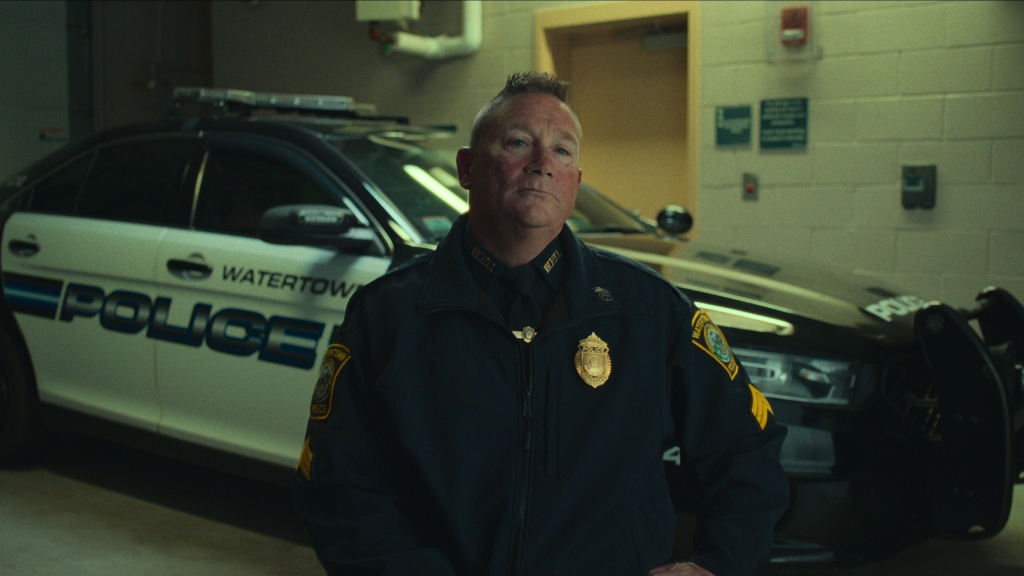
“The last bomb that was thrown … it was a pressure cooker, one of the clips unclipped and it didn’t come up to as much pressure as it should have,” MacLellan says. “If he had placed it instead of throwing it, we all would have been hurt — we were in the blast zone.”
Pugliese arrived on the scene with another approach — he flanked the bombers by cutting through the backyards of a row of houses along the street.
“I shot [Tamerlan] nine times … he just wouldn’t go down,” Pugliese says, describing the next volley of gunfire like “a ‘Pulp Fiction’ moment” as all the return rounds missed him. “We made eye contact and he threw the gun — it hit me on the shoulder.”
Tamerlan then went to charge MacLellan but Pugliese managed to tackle him first. The former near-Olympic boxer viciously resisted arrest as the pair struggled to subdue him.
The confrontation ended with Dzhokhar fleeing in the SUV — crushing his older brother’s body under its wheels.
Tamerlan died shortly after.
That following morning, with Boston on lockdown as authorities swept the region in a desperate bid to bring Dzhokhar to justice, a call came from a homeowner not far from the now war-torn Laurel Street.
Dzhokhar, it turned out, had taken refuge underneath the tarp of a boat.
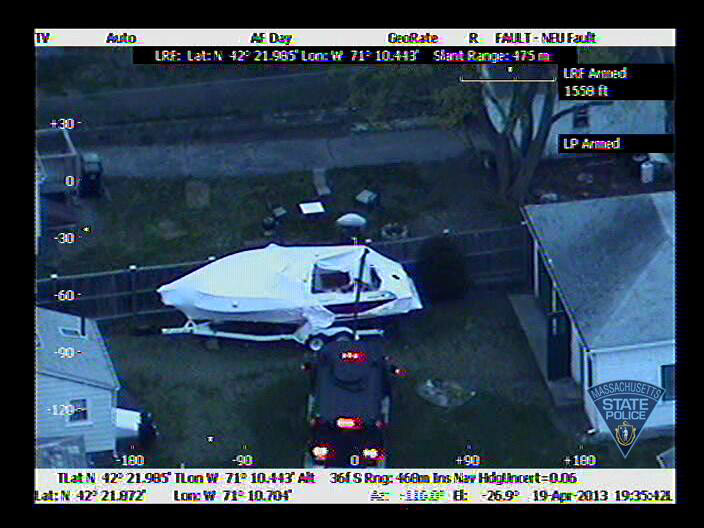
By early Saturday morning — and after an hours-long standoff with police who feared he had more explosives — the surviving terrorist had surrendered.
Dzhokhar was sentenced to death, and awaits his fate in federal prison. His legal team has attempted several appeals to overturn the sentence over the past decade — so far, to no avail.
Read the full article Here


